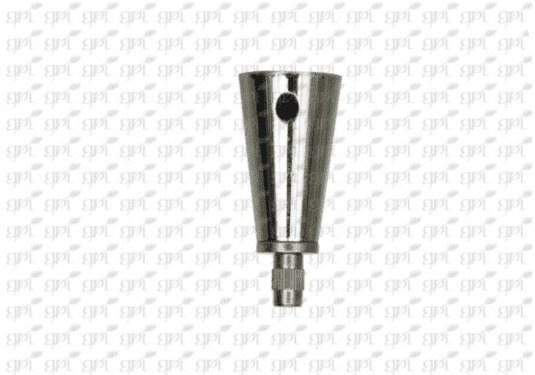

There are a plethora of electrical connectors- also known as couplers- available in the market. Naming every type and variation of them would be similar to counting grains of rice- the options are virtually limitless. Nevertheless, electrical connectors can be broken down into general categories to help understand the vast inventory of products that are available.
Golden Peakock is a reputed coupler manufacturer in India and has been in the business for more than 3 decades. In this article, we shall give you the details of various types of electrical connectors based on their types, variations, bonds, and more.
The Basic Types of Electrical Couplers
The most commonly used and basic types of electrical connectors are:
1. In-Line Cable Connectors
The In-Line cable connectors are permanently connected to cable ends, allowing the plugging of the cable into a terminal which may be either a device or another cable.
2. Beard Mount Connectors
Beard Mount Connectors are soldered to a printed circuit board also known as PCB in order to enable any kind of cable or wire attachment.
3. Panel Mount Attachment
Panel mount attachments are permanently attached to a piece of equipment. This method allows users to connect any kind of power or signal cables to a stationary device.
The Two Different Types of Connector Variations
The two different types of connector variations are:
Rectangular Connector: These are specifically made for modular machines such as factory automation, robotics, transportation, etc. This is primarily because they are customizable, able to fit into crunched spaces, and are also capable of easily combining multiple media, for instance, power, signal, coax, etc.
Circular Connectors: Circular connectors are predominantly used for free-hanging connections that go through a cable tray or connections that are mounted on a panel. Such circular electrical connectors are also used in rugged environments where IP ratings, EMI/RFI shielding, and other protective measures are required.
The Different Coupling Styles
Quick-connect coupling is specifically designed to replace threaded or flanged connections that come with plastic fittings and allow technicians to replace different lines quickly and conveniently.
Snaplock couplings are a form of compression coupling designed specifically for quick release and also call for simple and tool-free installation.
Threaded couplings comprise a male and female thread that are screwed together to establish a strong and seamless connection.
Push-pull couplings comprise a strong locking mechanism to prevent any kind of accidental disconnections. This coupling can only be released by squeezing the body of the connector.
Bayonet coupling is brought about by plugging and twisting a male device with the help of contact pins into a female end with matching sockets. It is the L-shaped slot and the spring mechanism on the female end locks the connection into place.
The Terminal Bonds of Electrical Connectors
Crimping is the process of adjoining a wire to a wire or a wire to a terminal by using a tool or a machine to deform and compress the various metal parts until they establish a gas-tight bond.
Soldering is the process of adjoining a wire to an electrical component using solder material that is melted onto the joint, establishing a permanent bond while acting as a conductor of electricity at the same time.












Product Enquiry

